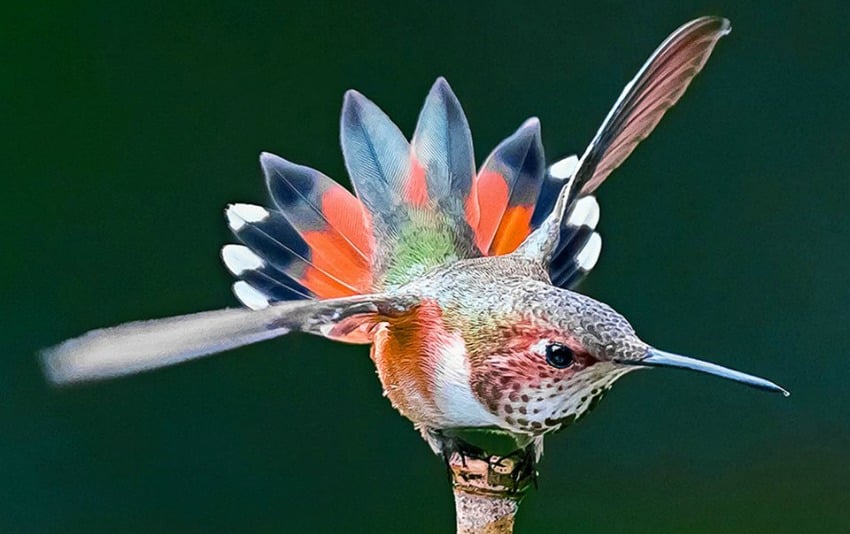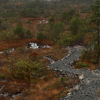
Spring is finally upon us, and soon our migrating feathered friends will once again return to backyards all across Canada.
One of the most prized birds to ever grace our country, and also the smallest, is the magnificent hummingbird.

Hummingbirds make a monumental 6000 km journey every year along the migratory routes spanning as far as Alaska, all the way down to southern Mexico and beyond.
The Rufous Hummingbird is one of the most common species in western Canada, and also the most likely to appreciate the convenience of a backyard bird feeder.

Setting out a feeder provokes delight in watching these flitting, tiny creatures.
Please ensure the health and longevity of our hummingbirds and consider providing a homemade nectar solution.
Store bought solutions are often riddled with dyes, in particular the notorious Red 40.
Red dye has been proven to show an increase in cancer rates in lab rats.
While it is still deemed safe for human consumption in limited quantities, hummingbirds do not have the body mass to handle copious amounts of the chemical compound.
Making your own is actually super easy- and cheap!
Hummingbird nectar recipe:
- One-quarter cup of table sugar
- Dissolve in one cup of water on a rolling boil for several minutes
- Let stand to cool
- Refrigerate any extra for up to a week
It’s important to note that the nectar will spoil quickly if the weather is hot or it is placed directly in the sun.
Watch for a cloudy appearance, mold or mildew spots, and discard.
Cleaning the feeder is also important. It is recommended to not use soap as the residue remains on the glass even after a good rinsing. Instead, boil the feeder and its parts for several minutes.
Vinegar can also be used to help clean dingy spots, followed by a thorough rinse.

Happy hummingbird-watching, everyone!
















